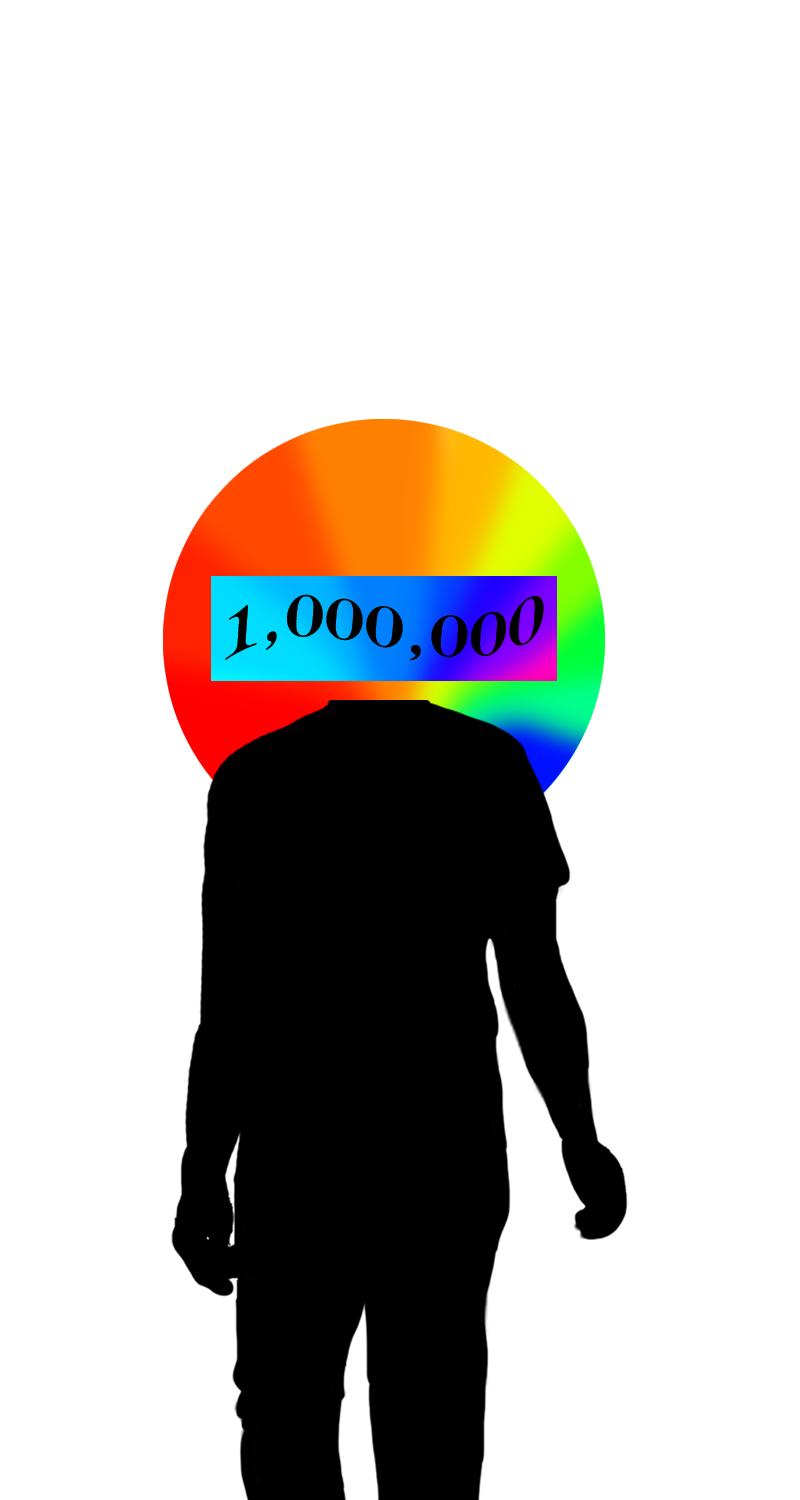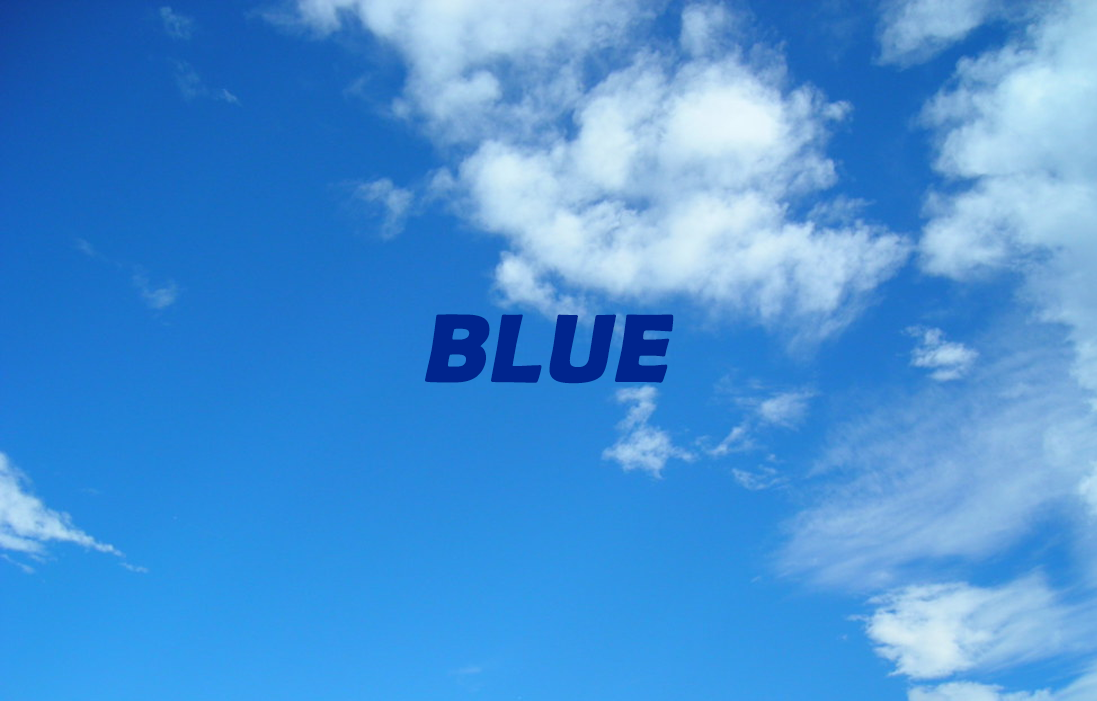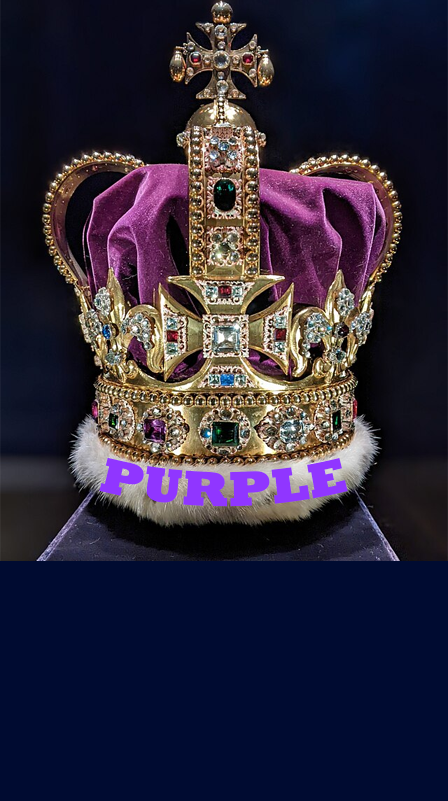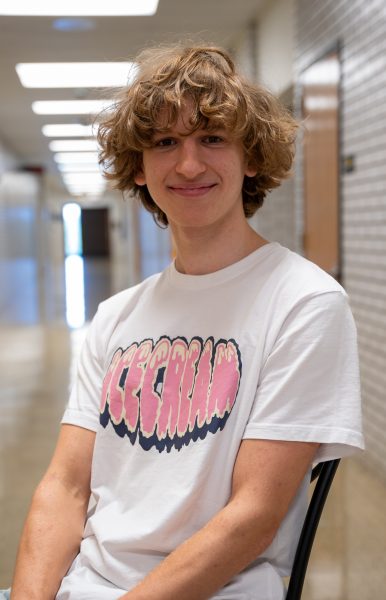

1,000,000 is about the number of visible colors that the average human eye can see. According to an article by Pantone, the human eye distinguishes color through a row of three cone cells able to register 100 colors each, amounting to a total of 1,000,000 possible combinations.
There is a plethora of uses for color, including art, decor, fashion, beauty, and many more. But what might not cross the mind when discussing color is psychology, though its applications are abundant. In recent years, the subject of how color affects the human mind has been of keen interest in the field of psychology.
This interest has led to many discoveries of color’s relationship with the human mind. One such discovery is the effects red sportswear can have in the athletic world. Some famous athletes and sports teams include red in their attire with the belief that it expresses dominance and improves their athletic abilities. Though this practice may be dismissed as nothing more than superstition, studies have shown that it has some validity.
In an experiment by Russell Hill and Robert Barton in 2005, the hypothesis of whether uniform color influences the performance of fighters during a match was tested. The experiment consisted of 14 pairs of properly matched male athletes. Each contestant fought once in a blue jersey and once in a red one.
Before, during, and after their fights the participants’ heart rate was monitored. Their strength was also observed before each of their fights. The results of the experiment revealed that those who wore red uniforms had significantly higher heart rates and pre-contest values on the strength test than those who wore blue, proving that uniform color can in fact have some impact on athletic performance.

Being the result of red and yellow, two colors widely associated with high energy and excitement, orange is considered to be a lively and energetic color. But, the emotions and feelings connected to colors may vary depending on the culture. For example, in the United States, orange is tied to caution, due to the abundance of bold and bright road signs as well as prison jumpsuits.
However, in Southeast Asia, many relate orange with feelings of peace and simplicity. This ideology dates back thousands of years during the times of the Buddha. Buddhists believe in letting go and denying materialism. Because of this belief, they originally assembled their robes from unwanted and unused cloth. This cloth was stained using vegetable matter and spices such as turmeric and saffron, giving it a distinct orange color and linking orange to the aforementioned feelings.
But orange’s effects are not all positive; in fact, they can be linked to depression. According to “Psychology of The Color Orange,” an article by Kendra Cherry, a psychology educator, orange is often associated with the season of fall due to the leaves changing color to orange hues. The weather starts to get colder around this time as well, and many start to develop seasonal affective disorder, in turn connecting the color orange with melancholy feelings for some.

Warmth, sunshine, relaxation, and joyfulness are words commonly used to describe the color yellow. Often times these associations are based on experiences with the color. Warmth and sunshine, for example, may be used to describe yellow due to pleasurable times under the sun. Relaxation and joyfulness may be linked to yellow because of experiences with pleasant beach vacations or the carefree summer days of one’s youth.
But yellow is not limited to lifting one’s spirits. It has also been proven to alleviate stress and improve the ability to study. In an article about the impacts of different colors on study sessions, yellow light was described as having a warm ambiance that created a more inviting atmosphere better suited for concentration. This description shows the potential applications yellow can have in day-to-day life.
Businesses are no strangers to the color’s usefulness. Take McDonald’s, for instance. The universally recognizable, iconic golden arches have a much deeper purpose as well.
The article “Does Red and Yellow make you hungrier?” explains that the excitement and joy felt when seeing the color yellow can lead to increased metabolism, making the viewer hungrier.

Nature is the most common connection people have with the color green. This association leads to feelings of tranquility and safety.
This is utilized in the experimental practice of color therapy, which is based on the concept that colors can have a positive impact on one’s mental state.
Due to green’s strong connection to feelings of tranquility, being in the center of a nature-rich environment is thought to relieve stress. According to an article about the benefits of color therapy, being surrounded by Earth’s natural greens can lower one’s anxiety.
Green also has its uses in the world of marketing. Companies that make sustainable products often use hints of green in their marketing to convey an environmentally friendly feel to their customers.

Expressions related to sadness like “I’m feeling blue” were once common, but the color is not limited to this classification. Blue is also known to give people feelings of serenity and security. Police forces in America often use darker blues in their uniforms to express their authority and provide a feeling of security.
Much like orange, one’s feelings about blue differ greatly depending on culture and background.
For example, in India blue is often associated with feelings of love, forgiveness, and mercy. But in Latin America, blue is associated with mourning, as well as trust and tranquility.
Businesses use blue when attempting to express cleanliness or purity in their products. Many people view blue this way due to the peaceful connotations of nature like the sky and the ocean.
Companies that make hygienic products often use blue in their branding because of its link to feelings of cleanliness and pureness. In the article “Color Theory: Blue as a Branding Color,” companies like Oral-B and Re-nu are featured. These brands use blue in their marketing in hopes that it will invoke feelings of pureness in their consumers.

In ancient times purple dyes were incredibly rare and sought after, making any article of purple clothing a sign of wealth. Most who possessed purple garments were royalty, making the color even more exclusive.
However, purple’s associations are not limited to wealth and royalty — they extend to many other ideas and feelings. Bravery, for example, is a common association with purple, resulting in the creation of the Purple Heart in 1782 by George Washington as an award for commendable action during war.
Like orange, purple is a combination of two colors, red and blue, which already have connections to boldness and calmness, making purple the emotional middle ground. Many view purple as mysterious because of its hints of two contrasting color associations.
Interestingly, psychological studies have found that exposure to the color purple can spark inspiration. Because of this, many link purple with creativity.

